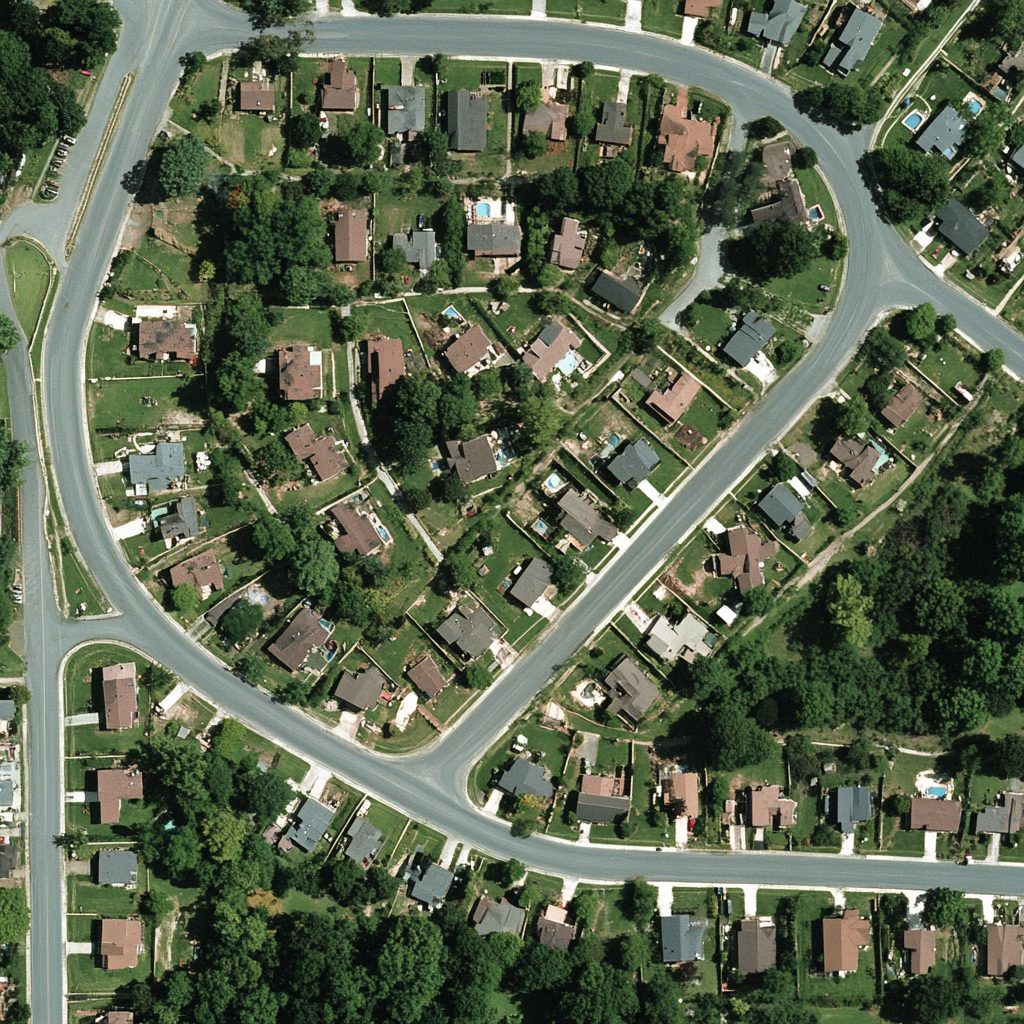
Underground water leaks have long been a significant challenge for municipalities and utilities worldwide. These hidden issues waste precious resources and drive up costs for repairs and maintenance, and in the end, the customer pays more for their water. Over the years, various methods have been explored to efficiently locate and fix these leaks. While aerial imaging and satellite surveys may seem like the height of technological innovation, ground-based methods have consistently proven to be the most reliable and cost-effective solution.
The Journey from Sky to Ground
Imagine a bustling city struggling with persistent water loss. In a bid to modernize its approach, the city invests in satellite imaging to identify potential leaks in its extensive water distribution network. The images are impressive, capturing a bird’s-eye view of the entire system. But when the data arrives, it reveals only general areas of concern—a starting point at best. The utility teams are left to conduct further investigations on the ground, turning the process into a lengthy and costly exercise.
Now, contrast this with a city that opts for ground-based detection methods from the outset. Equipped with acoustic leak detection loggers and advanced sensors, the team begins work directly where the issues are suspected. Instead of interpreting images and translating them into actionable insights, the boots-on-the-ground approach allows for pinpoint accuracy. Repairs are swift, water loss is minimized, and costs are kept in check.
Why Ground-Based Detection Works
The Clear Choice
The story of leak detection is one of practicality over spectacle. While satellite imaging and aerial surveys might offer a futuristic appeal, they simply cannot match the efficiency and effectiveness of ground-based methods. With lower costs, faster resolutions, and proven reliability, the boots-on-the-ground approach remains the gold standard for safeguarding water networks. When it comes to protecting one of our most vital resources, the answer is clear: the best solutions are found right beneath our feet.
